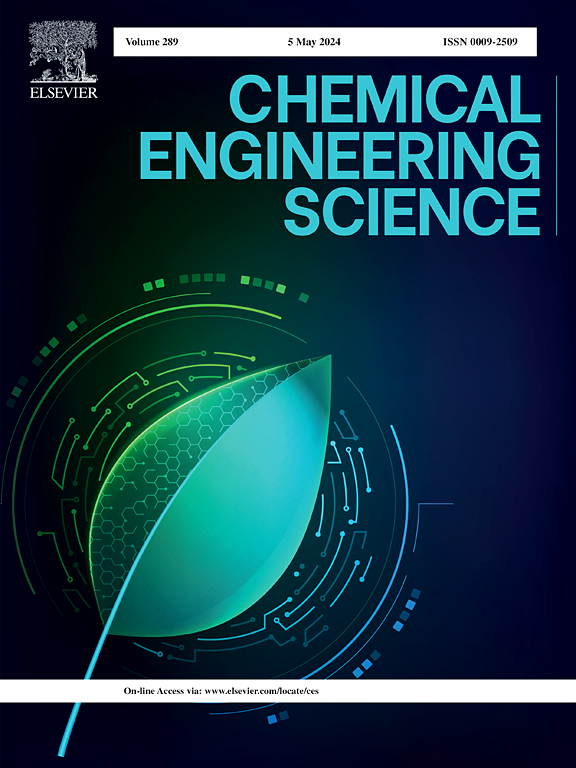Closed-loop gasoline blending scheduling based on real-time optimized slack feedback
IF 4.3
2区 工程技术
Q2 ENGINEERING, CHEMICAL
引用次数: 0
Abstract
Gasoline blending is a complex process that involves mixing various components to produce refined gasoline, directly affecting the economic efficiency and product quality of the refinery. To produce gasoline that meets quality standards with minimal excess in property specifications and at the lowest cost, meticulous development of blending scheduling plans is essential. This ensures reasonable allocation of resources, such as component oils, storage tanks, pumps, and pipelines. Additionally, to overcome fluctuations in oil properties and flow rates, maximize blending efficiency, and ensure product quality standards are met, it is necessary to introduce real-time optimization control technology. However, traditional gasoline blending scheduling optimization methods often overlook the connection with real-time optimization, leading to a disjunction between scheduling plans and actual operations. Therefore, this paper proposes a closed-loop scheduling strategy based on real-time optimization slack feedback. The real-time optimization model incorporates slack parameters into the property constraints. When the real-time optimization process causes the refined gasoline quality to fall short of standards because of fluctuations in component oil properties or flow rates. Slack parameters are used to feedback and adjust the constraints and objective function of the scheduling model, re-solving the subsequent blending plans. Case analysis results show that the proposed closed-loop scheduling strategy can adjust the scheduling model based on slack feedback, correcting non-compliant gasoline properties.
基于实时优化松弛反馈的闭环汽油调配调度
汽油调合是一个复杂的过程,它涉及将各种成分混合以生产精炼汽油,直接影响炼油厂的经济效益和产品质量。为了以最低的成本生产出符合质量标准的汽油,精心制定混合调度计划是必不可少的。这保证了资源的合理分配,如组件油、储罐、泵和管道。此外,为了克服油品性质和流量的波动,最大限度地提高调和效率,并确保达到产品质量标准,有必要引入实时优化控制技术。然而,传统的汽油调配调度优化方法往往忽略了与实时优化的联系,导致调度计划与实际操作脱节。为此,本文提出了一种基于实时优化松弛反馈的闭环调度策略。该实时优化模型将松弛参数纳入到性能约束中。在实时优化过程中,由于组分油性质或流量的波动,导致成品油质量达不到标准。利用松弛参数对调度模型的约束条件和目标函数进行反馈和调整,重新求解后续的混合方案。实例分析结果表明,所提出的闭环调度策略能够基于松弛反馈对调度模型进行调整,纠正不合规的汽油特性。
本文章由计算机程序翻译,如有差异,请以英文原文为准。
求助全文
约1分钟内获得全文
求助全文
来源期刊

Chemical Engineering Science
工程技术-工程:化工
CiteScore
7.50
自引率
8.50%
发文量
1025
审稿时长
50 days
期刊介绍:
Chemical engineering enables the transformation of natural resources and energy into useful products for society. It draws on and applies natural sciences, mathematics and economics, and has developed fundamental engineering science that underpins the discipline.
Chemical Engineering Science (CES) has been publishing papers on the fundamentals of chemical engineering since 1951. CES is the platform where the most significant advances in the discipline have ever since been published. Chemical Engineering Science has accompanied and sustained chemical engineering through its development into the vibrant and broad scientific discipline it is today.
 求助内容:
求助内容: 应助结果提醒方式:
应助结果提醒方式:


